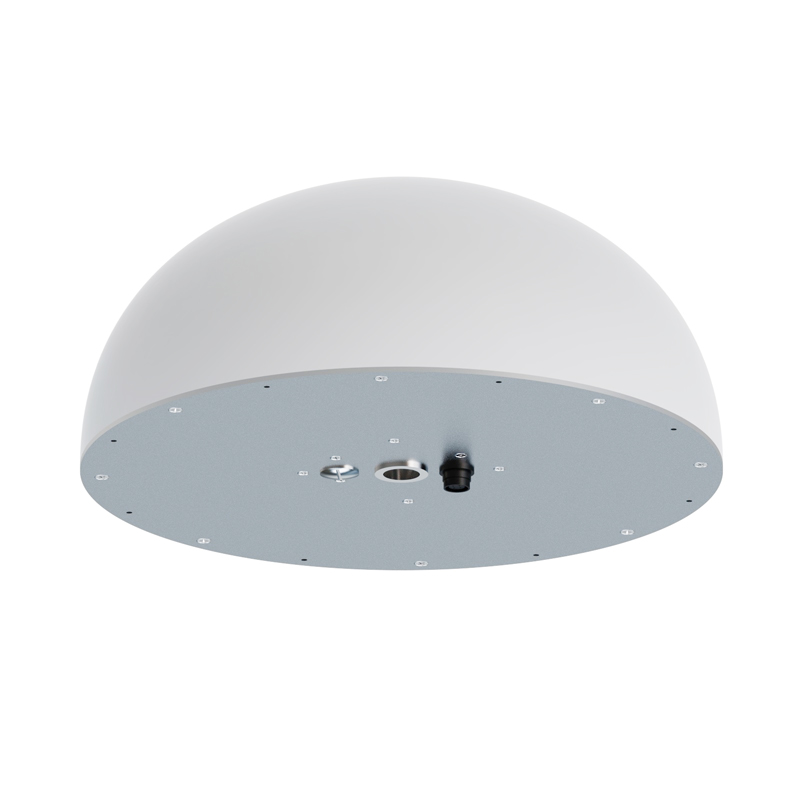Tianqiong Sensor IOT Technology Co., Ltd
Sales Manager:Ms. Emily Wang
Cel,Whatsapp,Wechat:+86 15898932201
Email:info@fengtutec.com
Add:No. 155 Optoelectronic Industry Accelerator, Gaoxin District, Weifang, Shandong, China

Sales Manager:Ms. Emily Wang
Cel,Whatsapp,Wechat:+86 15898932201
Email:info@fengtutec.com
Add:No. 155 Optoelectronic Industry Accelerator, Gaoxin District, Weifang, Shandong, China

Model:FT-GS1
Brand:tianqiong
1.Introduction to GNSS sensor product
GNSS sensor is a compact autonomous sensor that incorporates a GNSS receiver to provide accurate displacement measurements to monitor changes in objects in extreme climates.GNSS sensor is a millimeter-level displacement monitoring product implemented using differential RTK technology.It can be widely used in engineering fields such as dam safety monitoring, bridge health detection, landslide warning, etc.This product has high precision, high stability and real-time data transmission capabilities, and can accurately monitor the tiny displacement changes of target objects in various complex environments.The GNSS displacement station is simple to operate and convenient to install, and can be remotely monitored and analyzed, providing strong guarantees for engineering safety.In addition, its powerful data processing capabilities and compatibility make this product easily integrated into various monitoring systems, realizing data sharing and convergence, and providing comprehensive and efficient solutions for engineering safety monitoring.
2.GNSS sensor product parameters
Sensor parameters:
1.Sensor power supply: DC10V-15V
2.Sensor power consumption: 0.25W
3.Static accuracy (differential mode): horizontal ± (2.5mm+1ppm), vertical ± (5mm+1ppm)
4.☆Antenna: Choke antenna, magnetic wave absorbing material, effectively reducing multipath effect
5.☆ Communication protocol: Modbus-RTU, supports offline calculation of displacement amount and vertical and horizontal directions of displacement at the device end
6.Support RTCM3 differential data
7.Dimensions: Diameter 360mm Height 163mm
8.Working environment: -40°C~+85°C, 0%RH~95%RH (no condensation)
3.Installation of GNSS sensor products
Installation requirements:
1.There should be no tall buildings around the base station or the measurement station.If it cannot be avoided, it should be kept at least 20 meters away.
2.The distance between the reference station and the measurement station (baseline distance) is recommended to be less than 500 meters, with a maximum of no more than 2KM, and try to choose to install it at the same altitude.If the distance is too large, the longitude will drop.
3.Try to be visible between the reference station and the measurement station.If it is not fully visible, avoid obstruction of high walls, buildings, etc.
4.The antenna should be ensured that the maximum point within 20 meters.
5.The installation base should be firm to avoid degradation of accuracy caused by wind.
6.The height of the digital transmission antenna and lora antenna should not be higher than the measurement antenna, and should be kept away from the measurement antenna as much as possible.To ensure the accuracy of subsequent measurement, you can also contact the company's after-sales video guidance for specific installation matters.
In the photovoltaic field, "black heart" is a serious quality issue, manifested as the luminous intensity of some areas inside the photovoltaic module being significantly lower than the normal level, presenting black or dark areas. This indicates that the performance of the battery cells i...
Due to the special nature of their production processes, chemical plants have strict requirements for meteorological condition monitoring. This need stems from two core backgrounds: first, from a safety perspective, many chemical materials are extremely sensitive to wind speed, wind direction, and o...
Two - dimensional ultrasonic anemometers can only measure two parameters: wind speed and direction on the horizontal plane. They cannot obtain information about the wind in the vertical direction, such as vertical wind speed or the upward/downward speed of vertical airflows. Therefore, they are only...
FT-NQ8 Meteorological Observation Station, specifically designed for agriculture, can accurately monitor 8 key elements. Each of these 8 elements is closely related to crop growth. Temperature is a key factor affecting the growth rate and physiological activities of crops. Different crops have speci...